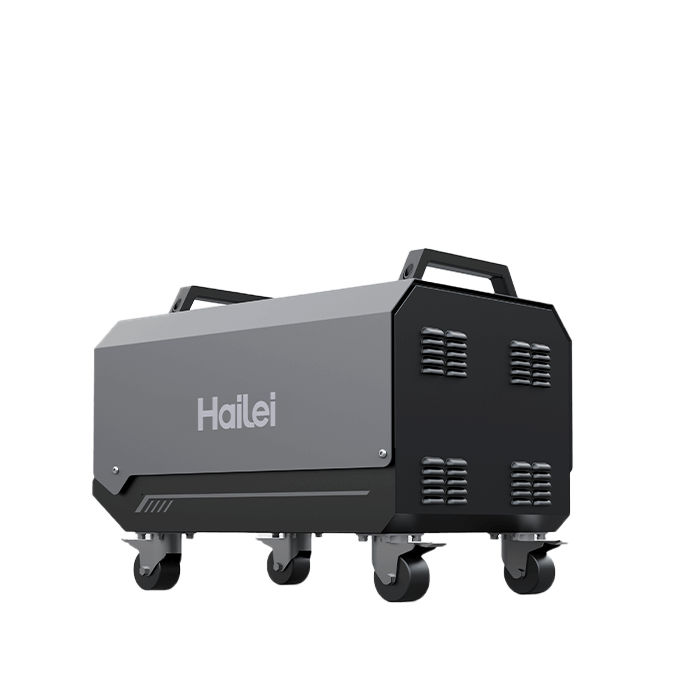Time:May 15, 2023 Views:836
The battery energy storage system (BESS) is a system that uses lithium battery/lead battery as an energy storage carrier. It stores and supply electrical energy within a certain period of time. The electrical energy provided has functions such as smooth transition, peak -cutting valley, and frequency regulation and regulation.
Type I inductance energy storage: Using itself as an energy storage element, the electrical energy stored is proportional to the square formation of its inductance and flowing current: E = L*I*I/2. Because the inductance is resistant at normal temperature, the resistance consumes energy, so many energy storage technology uses super conductors. Energy storage inductor is not mature and less applications;

Type A capacitance energy storage: It is also an energy storage element. The storage power is proportional to the square formation of its capacitance and end voltage: E = C*U*U/2. Capacitor energy storage is easy to maintain and does not require superconductors. Super capacitor uses the characteristics of capacitive energy storage to provide instantaneous high power, which is suitable for applications such as laser and flash.
In addition, there are other energy storage methods, such as mechanical energy storage.
Including energy storage, photovoltaic, hydropower, etc. The energy storage system is a core component of the micro grid, which is usually used with photovoltaic and wind power.
Because battery storage has the advantages of relatively mature technology, large capacity, safe and reliable, low noise, strong environmental adaptability, and convenient installation. Energy storage systems usually use batteries to store electrical energy. At present, the energy storage system is mainly composed of energy storage units and monitoring and scheduling management units: the energy storage unit includes energy storage battery packs (BA), battery management system (BMS), and energy storage variables (PCS). The monitoring and scheduling management unit includes the central control system (MGCC), the energy management system (EMS), etc.
The current commonly used application modes are: energy storage systems, electricity -based energy storage systems, power storage systems, commercial energy storage systems, and home energy storage systems.

X

Appointment Experience